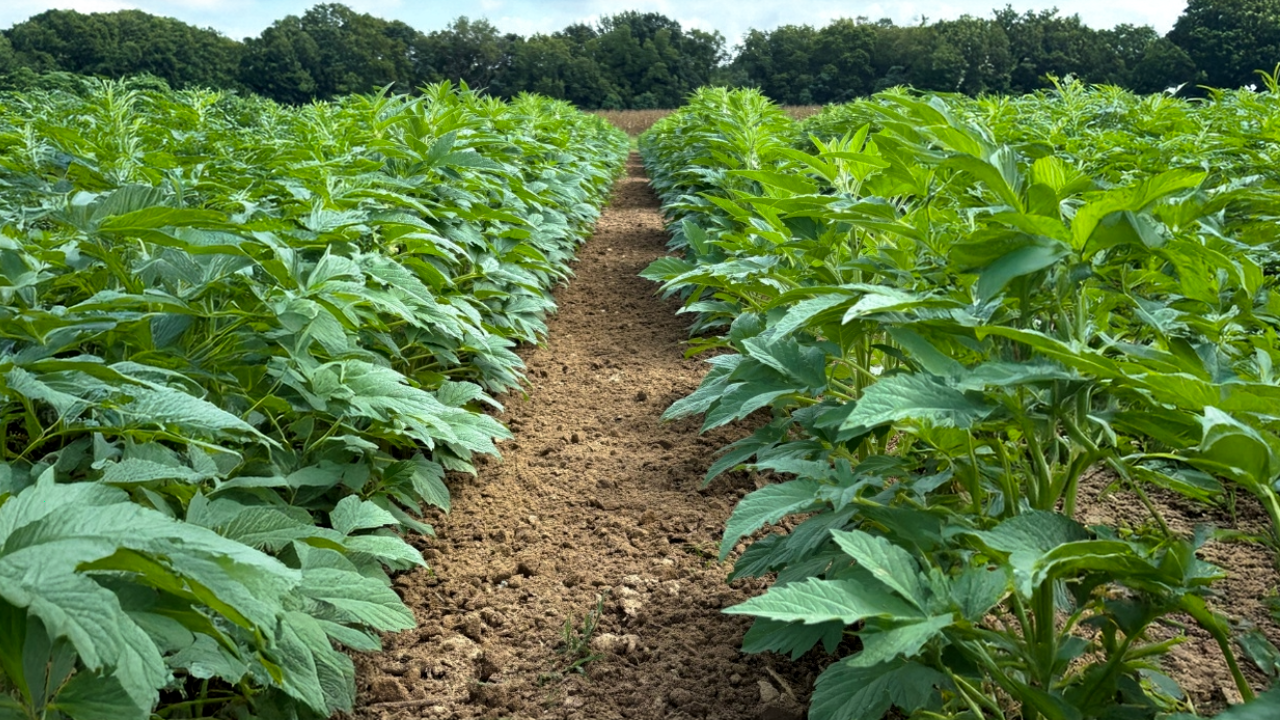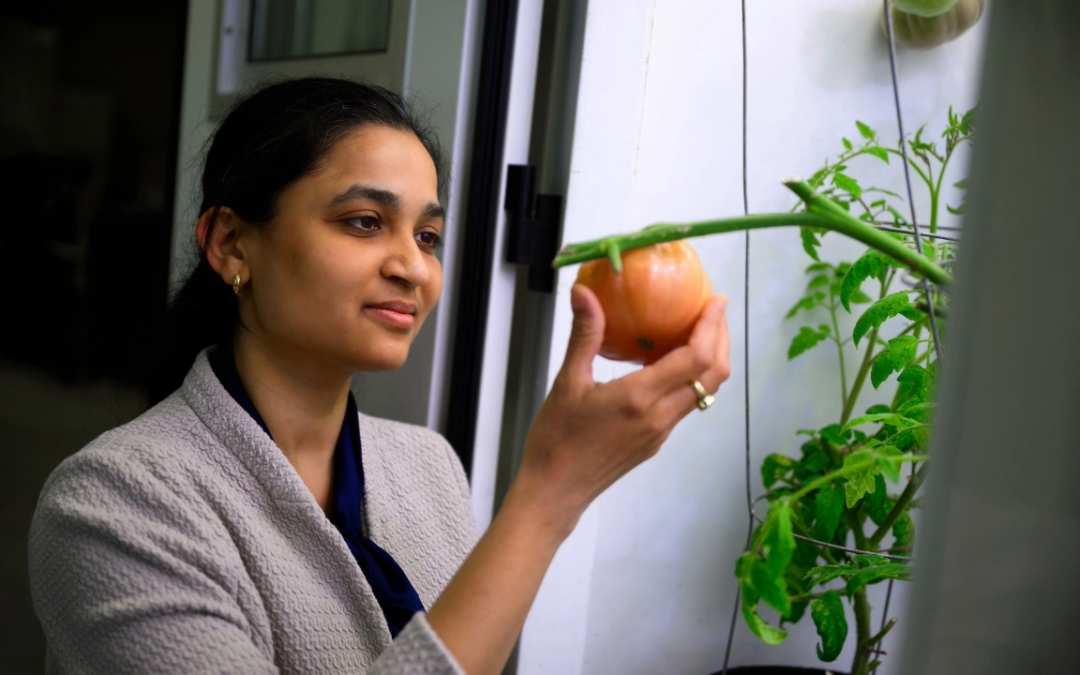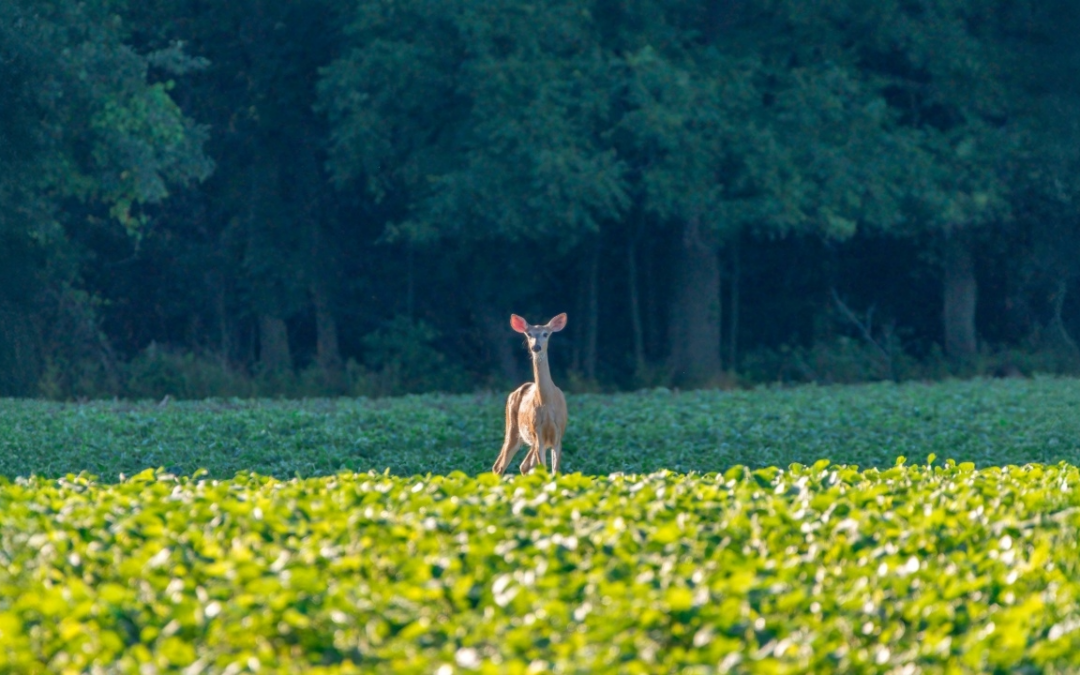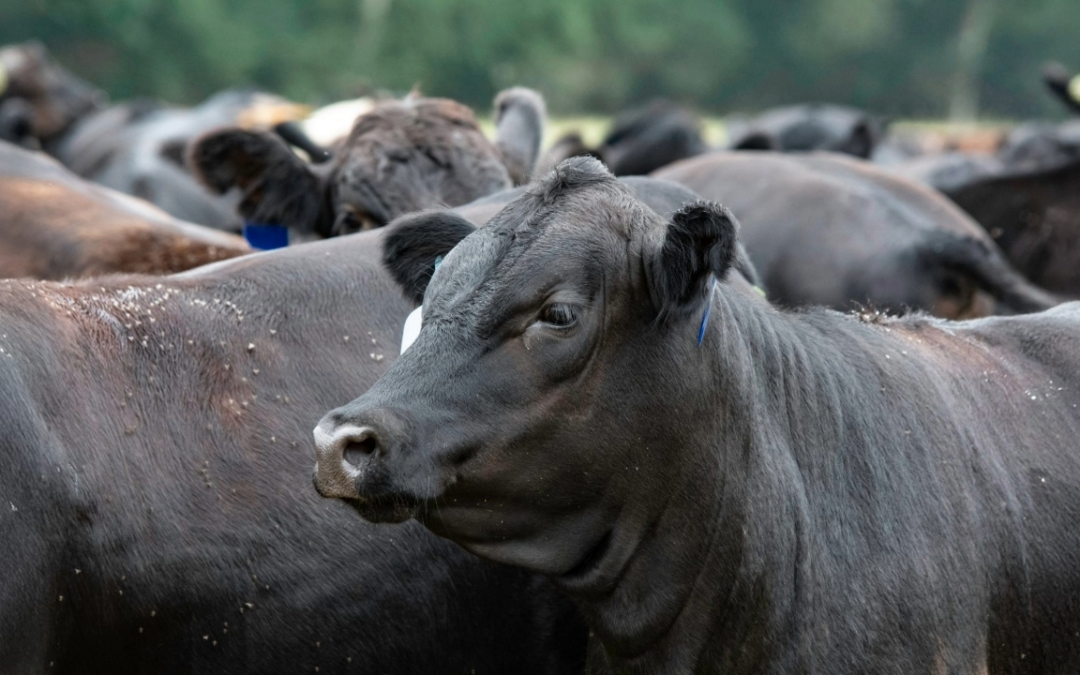Alabama farmers have seen a virtual plague of challenges in 2025—uncertain international markets, rising input costs, delayed planting, a flash drought and continuing wildlife damage, to name only a few.
That’s why researchers at the Alabama Agricultural Experiment Station (AAES) at Auburn University continue to search for crops that require fewer inputs and have a potential fit for the state, such as sesame.
“We see sesame production in Alabama as an opportunity for growers to diversify with a crop that fits in with our typical crop rotations and is less impacted by deer damage,” said Henry Jordan, Jr., variety testing manager, Auburn University College of Agriculture’s Department of Crop, Soil & Environmental Sciences.
Sesame also is a good rotational crop for fields with nematode problems, he added.
Sesame is commonly used in products such as hamburger buns, hummus, rolls and other baked goods and can be crushed for oil.
For the first time this year, sesame is being grown in the Official Variety Trials at the AAES Brewton Agricultural Research Unit in southwest Alabama, the Wiregrass Research and Extension Center in southeast Alabama, and the E.V. Smith Research Center in east-central Alabama.
“Growers are met with numerous challenges on a daily basis, and having another crop to work into the rotation is just one way to spread risk through diversification,” Jordan said.
“I would argue that currently, deer are the most significant pest that Alabama growers contend with. And from what we can see, deer do not like sesame. This alone should get the attention of farmers. A reduced risk of losing the crop to deer is probably the main selling point of growing sesame as an alternative crop.”
Most farmers already have the equipment needed for sesame, he said.
“Sesame can be planted with most row crop planters,” Jordan said. “Seed plates will need to be swapped so they can handle the small seed size. And no special sprayer is required. The only thing that may be out of the ordinary for today’s grower will be potentially using old technology, like a cultivator. If they have a combine with a grain head, they should be able to get the crop out of the field.”
Sesame is typically considered a low-input crop, and unlike corn and other traditional row crops, the nitrogen and water requirements are much less.
Weeds pose a threat to yields in any crop, Jordan said, and there aren’t as many pesticides labeled for sesame as there are for the typical row crops grown in Alabama.
“With that being said, I’ve never seen a weed develop resistance to cultivator blight,” he said.
Sesame will require warmer soil temperatures, and the planting window typically opens in May.
“The main considerations are soil moisture and rain,” Jordan said. “Getting a good stand is one of the more challenging parts of growing sesame. The seed needs to be planted into adequate moisture and preferably not get heavy rain before emergence. Heavy rain after planting is one of the main causes of replanting.”
Currently, there is no need to store the seed, he said. Sesaco—a Texas-based company and private industry partner with AAES—is working with growers to get trucks out to collect the seed during harvest, removing the need for storage.
In 2008, Sesaco made a major leap forward with the invention and commercial release of improved non-dehiscent sesame varieties capable of full mechanical harvest. This fundamentally changed the way sesame has been cultivated and harvested for 5,500 years and is a critical anchor in securing the supply necessary to expand further ingredient development.
The trial at AAES outlying units is a joint venture between Auburn University Variety Testing and Sesaco. The varieties being evaluated include both current commercially available and experimental lines
If the weather cooperates, Jordan anticipates harvesting the official variety trials over the next few weeks,
“Following harvest, yield data and viability of sesame as a crop in Alabama will be available to area producers for the first time as an official variety trial within AAES,” he said.





